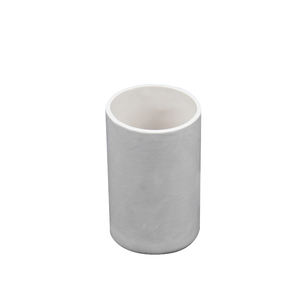Discover Premium Ceramic Products | Durability & Elegance United | Advanced Ceramics
PRODUCT PARAMETERS
Description
Introduction to Quartz Ceramic Products
Quartz ceramic, also known as fused quartz ceramic or pure silicon ceramic, is an advanced ceramic material made of pure silicon dioxide (SiO₂). It is made by melting high-purity quartz sand at high temperature and then cooling and solidifying it. It has unique physical and chemical properties, making it an ideal choice for many high-tech applications. Quartz ceramic products are widely used in semiconductor manufacturing, optics, electronics, chemical industry and high-temperature industries.
Characteristics and advantages of quartz ceramics
Extremely high thermal stability: Quartz ceramics can remain stable under extreme temperature conditions. They are not only resistant to high temperatures, but also show excellent thermal shock resistance in rapid temperature changes.
Low thermal expansion coefficient: Due to its low thermal expansion coefficient, quartz ceramics have good dimensional stability when the temperature changes and are not easy to deform or crack.
Excellent electrical insulation: Provides excellent electrical insulation performance and is suitable for applications requiring high voltage isolation.
High transparency: It has good light transmittance in a wide band from ultraviolet to infrared, and is particularly suitable for applications such as optical windows and lenses.
Chemical stability: Excellent resistance to most acids, alkalis and other corrosive substances, and almost unaffected by other chemicals except hydrofluoric acid and phosphoric acid.
Mechanical strength: Although quartz ceramic is not as hard as some other types of ceramics, it still has enough mechanical strength to meet the needs of many application scenarios.
High UV transmittance: It has high transmittance in the ultraviolet region, which makes it very useful in UV curing equipment and UV spectrometers.
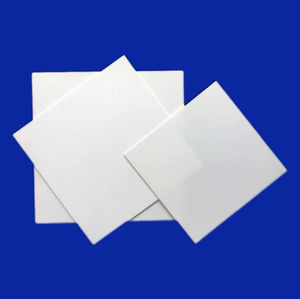
(Quartz Ceramic Melting Fused Silica Crucible for Jewelry Industry)
Specifications of Quartz Ceramic Melting Fused Silica Crucible for Jewelry Industry
Quartz ceramic melting merged silica crucibles act as essential devices in the jewelry sector for handling high-temperature procedures. These crucibles are created to melt precious metals like gold, silver, and platinum successfully. The material composition is high-purity merged silica, making certain marginal contamination throughout melting. This purity is important for keeping the high quality of fashion jewelry materials.
The crucible operates effectively at temperatures approximately 1700 ° C. It stands up to thermal shock, avoiding fractures or damage when exposed to rapid temperature modifications. This toughness makes it suitable for duplicated usage sought after atmospheres. The reduced thermal expansion coefficient of merged silica contributes to this stability.
Readily available in various dimensions, the crucibles suit different production ranges. Typical sizes range from 50mm to 300mm, with adjustable midsts based upon customer needs. The conventional wall density is 5-10mm, balancing strength and warmth transfer efficiency.
Chemical resistance is a vital feature. The crucible holds up against reactions with acidic or alkaline fluxes utilized in steel refining. This resistance expands its lifespan compared to traditional ceramic choices. The non-porous surface area prevents product attachment, simplifying post-use cleaning.
A smooth indoor surface minimizes metal loss during putting. This accuracy makes sure exact alloy solutions for fashion jewelry crafting. The crucible’s lightweight style help managing, also at heats.
Production processes entail precision molding and high-temperature sintering. These steps boost architectural integrity and thermal efficiency. Each crucible undertakes top quality checks for issues like air bubbles or unequal surfaces.
Compatibility with induction heaters and gas torches adds adaptability. Individuals can incorporate the crucible right into existing setups without significant changes. The product meets market requirements for security and efficiency.
Applications include casting, alloying, and recycling rare-earth elements. Precious jewelry manufacturers rely upon these crucibles for consistent results in small-batch and mass production. Appropriate maintenance entails gradual preheating before first use and staying clear of unexpected cooling. Storage in dry conditions prevents moisture-related damage.
The crucible’s style prioritizes customer safety. Its security reduces spill risks during molten metal handling. Heat-resistant manages or tongs are recommended for functional safety and security.
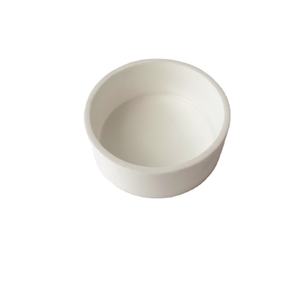
(Quartz Ceramic Melting Fused Silica Crucible for Jewelry Industry)
Applications of Quartz Ceramic Melting Fused Silica Crucible for Jewelry Industry
Quartz ceramic melting integrated silica crucibles offer crucial functions in jewelry production. These crucibles take care of high-temperature procedures needed for dealing with rare-earth elements. Jewelers rely on them to melt gold, silver, platinum, and similar products. The crucibles hold up against extreme warm without fracturing, making them excellent for repeated usage. Their thermal security comes from merged silica, a material known for resisting temperature levels up to 1700 ° C. This residential or commercial property makes certain constant efficiency during extended home heating cycles.
Fashion jewelry makers make use of these crucibles for alloying steels. Mixing metals requires accurate temperature control to accomplish preferred pureness and shade. Merged silica crucibles preserve consistent heat distribution, protecting against hotspots that can spoil the mixture. Their non-reactive surface maintains molten metals devoid of contamination. This is essential for producing high-quality jewelry without contaminations impacting the end product.
Another application includes casting detailed jewelry styles. Molten metal put right into molds need to flow uniformly to record fine patterns. The crucible’s smooth interior permits clean putting, reducing waste and problems. Its resilience indicates it endures frequent thermal shocks, like quick heating & cooling. This decreases substitute costs and downtime in busy workshops.
These crucibles also support recycling scrap metal. Jewelers usually reuse old or damaged items to develop brand-new items. The crucible’s resistance to chemical rust guarantees it manages various steel types without weakening. This flexibility makes it a functional device for small workshops and large manufacturing facilities alike.
The reduced thermal expansion of integrated silica minimizes warping gradually. Individuals stay clear of constant recalibration of equipment, saving time and resources. Easy cleansing is an additional benefit. Residue from previous melts does not adhere to the crucible’s surface area, simplifying upkeep.
Quartz ceramic crucibles contribute to power performance. Their capacity to maintain warm lowers the power needed to maintain high temperatures. This cuts functional costs while supporting eco aware techniques. Jewelers prioritize these aspects to keep competitive, lasting operations.
Company Introduction
Advanced Ceramics founded on October 17, 2014, is a high-tech enterprise committed to the research and development, production, processing, sales and technical services of ceramic relative materials and products.. Since its establishment in 2014, the company has been committed to providing customers with the best products and services, and has become a leader in the industry through continuous technological innovation and strict quality management.
Our products includes but not limited to Silicon carbide ceramic products, Boron Carbide Ceramic Products, Boron Nitride Ceramic Products, Silicon Carbide Ceramic Products, Silicon Nitride Ceramic Products, Zirconium Dioxide Ceramic Products, Quartz Products, etc. Please feel free to contact us.(nanotrun@yahoo.com)

Payment Methods
T/T, Western Union, Paypal, Credit Card etc.
Shipment Methods
By air, by sea, by express, as customers request.

5 FAQs of Quartz Ceramic Melting Fused Silica Crucible for Jewelry Industry
Quartz ceramic melting fused silica crucibles serve jewelry makers needing high-temperature tools. These crucibles handle precious metals like gold, silver, platinum. Below answer common questions. What makes fused silica crucibles different? They use pure quartz ceramic. This material withstands extreme heat better than graphite or clay. It resists cracking under rapid temperature changes. Jewelers rely on this for consistent results. Why choose fused silica crucibles for jewelry work? They last longer. Cheaper options crack faster under repeated use. Fused silica stays stable. It prevents contamination of molten metals. Jewelry stays pure, free from unwanted materials. How hot can these crucibles get? Most handle up to 1700°C. Some grades go higher. This covers all jewelry metals. Gold melts around 1064°C, silver at 961°C. Crucibles work safely within these ranges. No worry about melting the tool itself. Are fused silica crucibles hard to maintain? Not really. Let them cool fully after use. Avoid sudden temperature drops. Clean with mild abrasives if residue sticks. Don’t drop them. Handle with dry tools. Moisture weakens the material over time. Do these crucibles cost more than others? Yes, initially. They save money long-term. Graphite breaks down faster. Replacements add up. Fused silica lasts months or years with care. Less downtime means more productivity. Jewelers prefer durability over frequent buying.
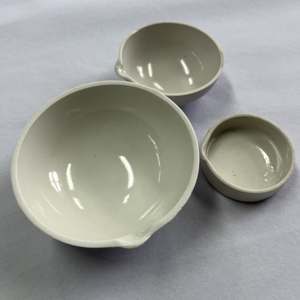
(Quartz Ceramic Melting Fused Silica Crucible for Jewelry Industry)
REQUEST A QUOTE
RELATED PRODUCTS
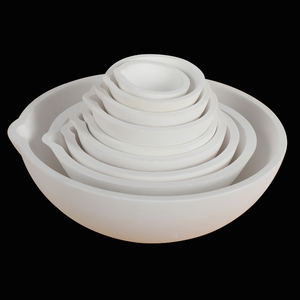
Quartz Calacatta Porcelain Ceramic Polished Low Silica Stone New Design Pullout Artificial Stone Quartz Sample
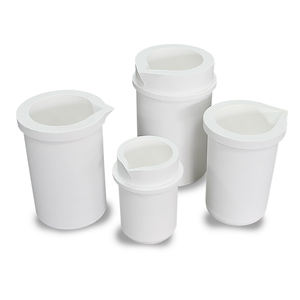
Custom Showroom Decoration Materials Floor Wall Board Marble Quartz Stone Slab Roof Ceramic Tiles Wooden Display Rack Stand
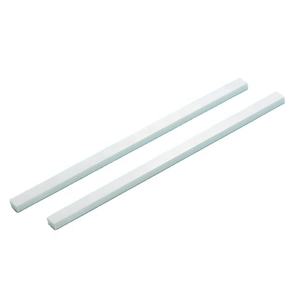
High Quality Natural Brazil Mont Blanc White Quartzite for Kitchen and Bathroom Countertops and Backsplash
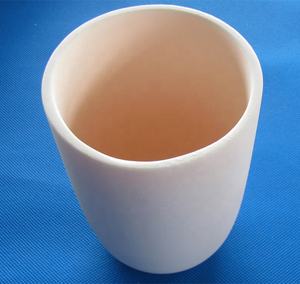
Used Small Scale Mineral Mining Equipment Quartz Rock Silica Sand Stone Wet Dry Grinder Grinding Mini Ceramic Ball Mill for
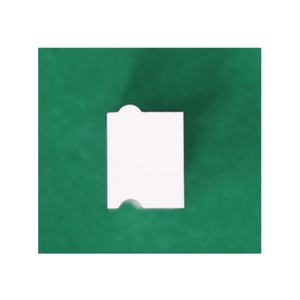
Limestone Silica Sand Quartz Horizontal Ceramic Ball Mill Ceramics Ball Mill Jar


